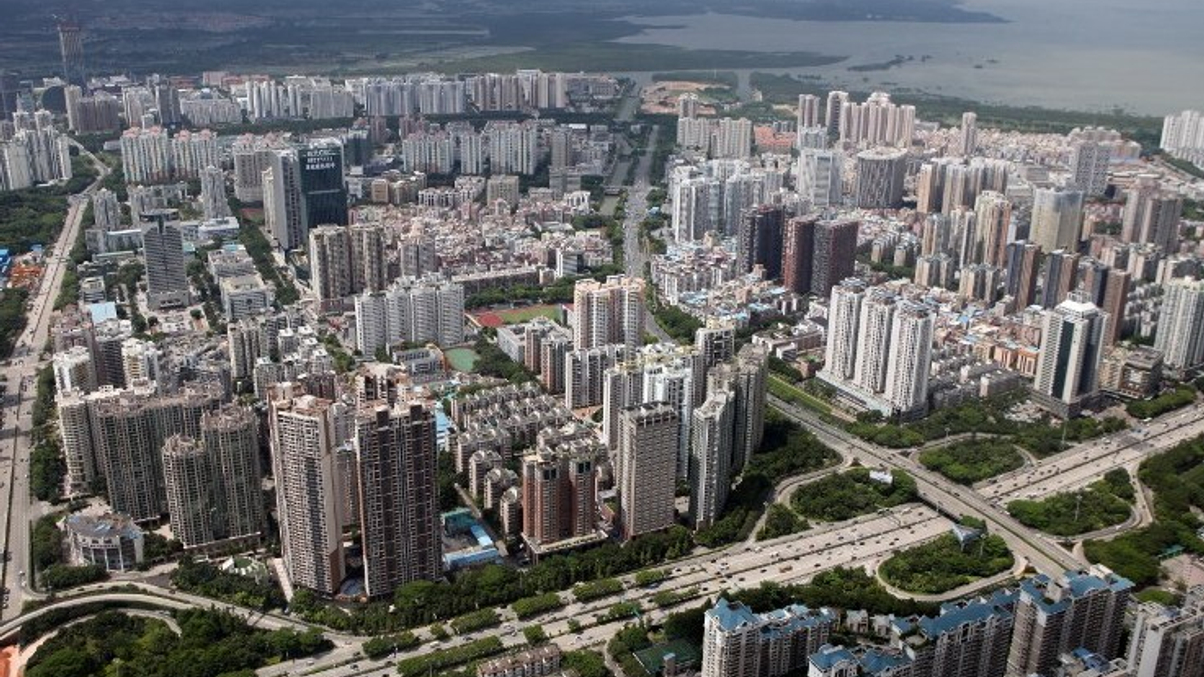CGN renewables fund puts Qianhai on the map
The wind power-focused infrastructure fund pioneers the “QFII for alternatives” and puts Qianhai on the map.

The opening of the CGN Capital Partners Fund III to international investors marks the coming of age of Qianhai, the zone on the fringes of Shenzhen earmarked as a place for global investors to access renminbi-denominated funds.
Sign in to read on!
Registered users get 2 free articles in 30 days.
Subscribers have full unlimited access to AsianInvestor
Not signed up? New users get 2 free articles per month, plus a 7-day unlimited free trial.
¬ Haymarket Media Limited. All rights reserved.


